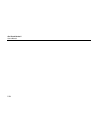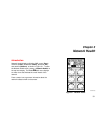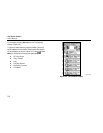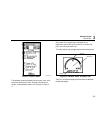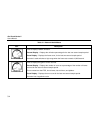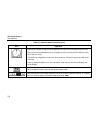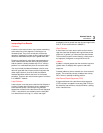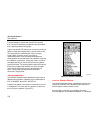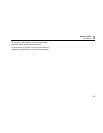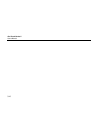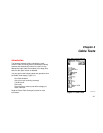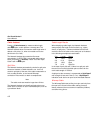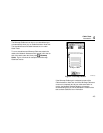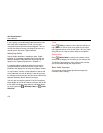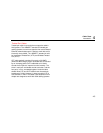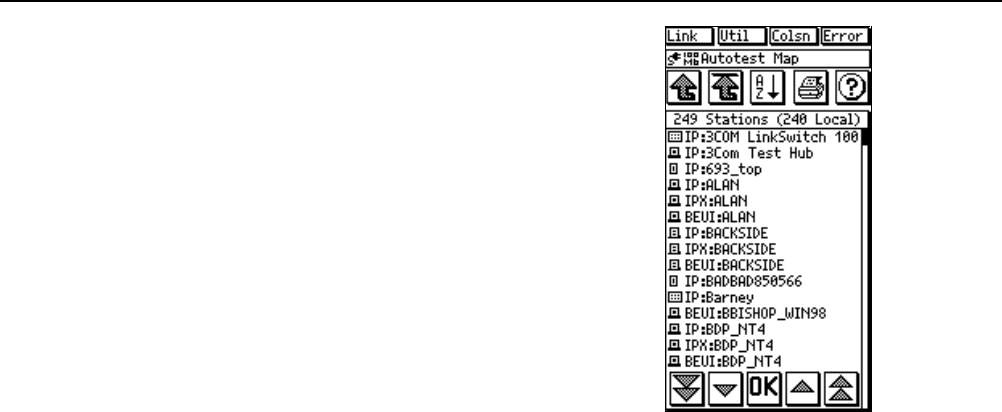
OneTouch Series II
Users Manual
3-8
If the percentage of frames with a bad FCS is greater
than 1%, then it should be considered a serious problem
that is affecting network throughput.
A given rate of bad FCS frames has a much more serious
effect on network throughput than a similar collision rate.
This is because the retransmission time is so much
longer. When a collision occurs, the frame is
retransmitted within a few milliseconds because the
sending station knows that there was a problem acquiring
the media for transmission. Conversely, when a frame is
corrupted (resulting in a bad FCS) the receiving station
ignores the frame. The sending station does not know the
frame was corrupted and therefore it is up to the upper
protocol layer timeouts to cause a retransmission to
occur. This process can take several seconds to
retransmit a single frame.
Tracking Addresses
The Network Assistant tracks addresses by their layer-3
address when possible. It displays layer-3 addresses for
IPX, IP, NetBIOS, AppleTalk, and DECnet.
A station can appear in the station list more than once if it
is configured to run more than one protocol or has more
than one layer-3 address. (Figure 3-5.)
ace306s.bmp
Figure 3-5. Station Addresses
Local vs. Remote Stations
The Network Assistant initially classifies the location of all
stations as
Unknown
until it observes traffic that proves
that the station is either remote or local.
A local station is one that is connected to the same
Ethernet segment as the Network Assistant. In a switched



